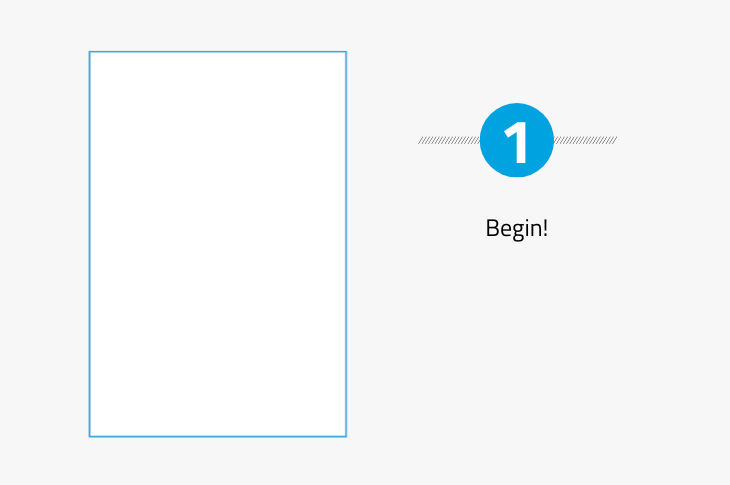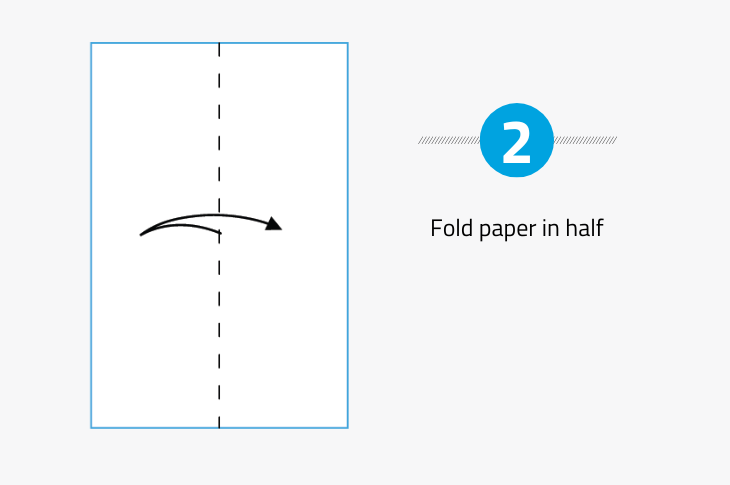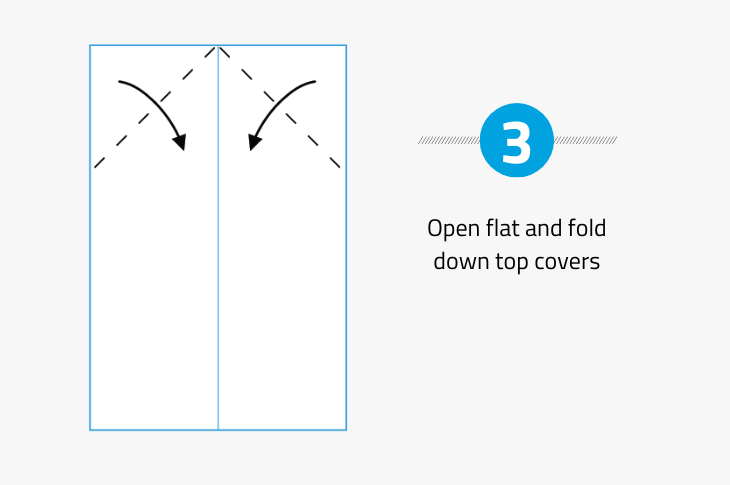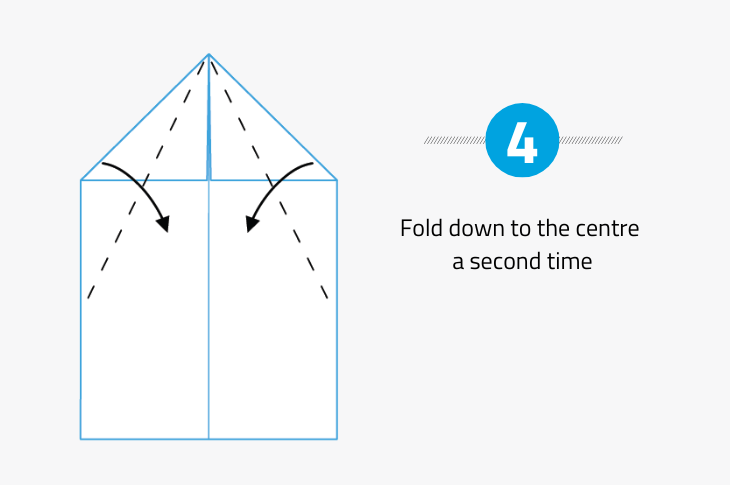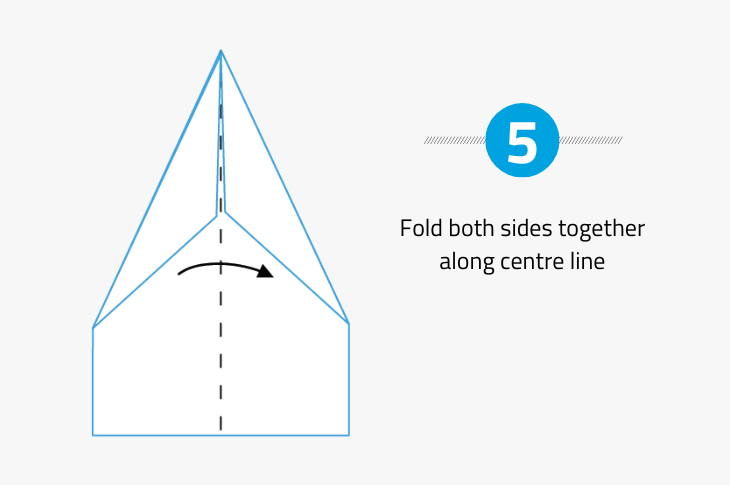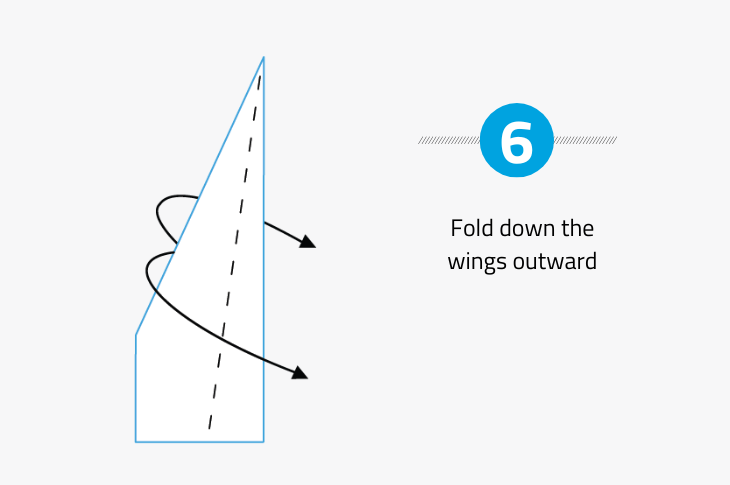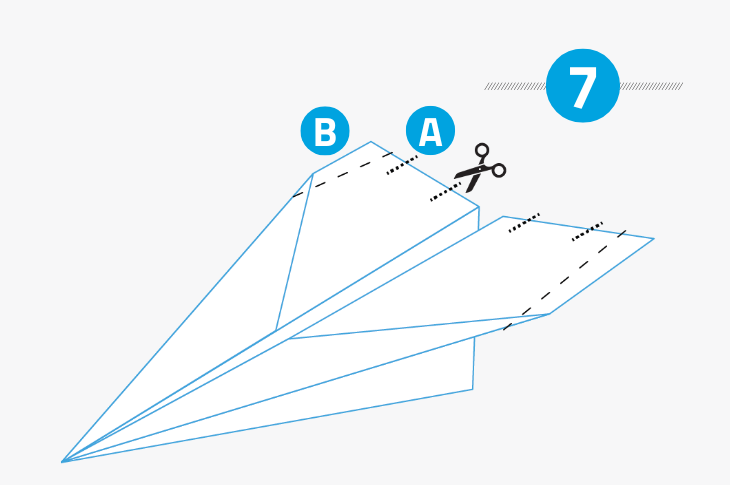To celebrate 20 years of the Art Smith Aero Centre, LINK invited SAIT aeronautics instructor Richard Van Nest (Avionics Technology ’95) to offer a primer in folding and flying paper airplanes. Because, let’s face it, paper airplanes are just plain fun.
Van Nest’s speciality is avionics. He’s an expert on everything in an aircraft that runs on electricity, from the instrument panel to the landing gear — even the reading lights above your head. “If there's a wire attached to it,” he says, “that's avionics.”
Which means he’s also an expert on aerodynamics — any time you make changes to equipment in an aircraft, it impacts the way it flies.
When LINK asked Van Nest to suggest a plane for this issue, he shared his favourite paper plane design — a basic one most of us learned as kids. Its design reminds him of Concorde, the supersonic jet airliner from the 1960s.
“Concorde was a beautiful piece of engineering with its needle-like fuselage and swept-back delta wing,”
he says. “That triangle-shaped wing allowed it to fly fast with reduced drag. Although the wing design was good for fast speeds, it was not that great for landing. In order for Concorde to land properly, it required a high angle of attack which would block the pilot’s view of the runway. So it had a nose that could be lowered as the flight crew prepared for landing.”
Van Nest says when it comes to paper airplanes, supersonic is the way to go.
So he’s shared his favourite paper airplane design — instructions on how to fold one are below or can be found in the print and digital publication on page 9. If working from the print or downloaded digital version, remove the cover wrap and use these tips from Van Nest to fold and fly your perfect paper airplane.
Pro tips for how you can make the perfect paper airplane
BOND. PLAIN BOND.
Use a typical 8.5 x 11 printer or copier paper. You don't need a unique paper shape and a bigger size won't improve your flight. Thinner cardboard stock also works, but your folds may not be as precise.
KEEP YOUR BALANCE
To make the aircraft fly level, keep an equal amount of weight forward and behind, and keep both sides symmetrical. Your goal is to line up the side creases from front to rear, and to create the perfect centre of balance.
KEEP IT SHARP
The secret behind a great paper airplane that cuts through the air? Every fold should be sharp and should line up with no overlap — especially when folding the paper in half length wise, and when folding the nose of the plane.
WING TIP TRICKS
Add two special features to your paper airplane (see image 7)
Ailerons (A) are tabs on the tail of each wing. Make four snips — two on each wing. Turn one tab down and one tab up to make your plane turn one direction. Move the tabs the opposite way to turn the plan in the other direction.
Winglets (B) are achieved by making gentle fold up on the rear corner edge of each wing. THis helps guide air along the back end of the plane, maximizing the amount of air pressure to enhance its ability to climb.

Oki, Âba wathtech, Danit'ada, Tawnshi, Hello.
SAIT is located on the traditional territories of the Niitsitapi (Blackfoot) and the people of Treaty 7 which includes the Siksika, the Piikani, the Kainai, the Tsuut’ina and the Îyârhe Nakoda of Bearspaw, Chiniki and Goodstoney.
We are situated in an area the Blackfoot tribes traditionally called Moh’kinsstis, where the Bow River meets the Elbow River. We now call it the city of Calgary, which is also home to the Métis Nation of Alberta.

